Quasi-Domestic Fighter
Japan’s air-force, the JASDF operates several types of fighter jets including the latest F-35 Lighting II.
While this stealth fighter is prized as JASDF’s ace of spades for achieving air superiority, the task of destroying the enemy landing force at sea is mainly reserved for the “Mitsubishi F-2”.
- General Overview
Length 15.55m (50.11ft) Wingspan 11.13m (36.6ft) Height 4.96m (16.27ft) Crew F-2A : 1 person
F-2B : 2 peopleMaximum Speed 2,124 km/h (1,320mph) Range 2,900km (1,800 miles) Service Ceiling 15,000m (49,200ft) Armament 20mm cannon×1
Anti-ship missiles
Air-to-air missiles
JDAM guided bombs etc.Unit Price 100 million USD
The F-2 fighter jet, jointly developed by Japan and the United States in the 1980s, was originally supposed to be an independent project by the Japanese to replace the aging F-1 fighter which was also Mitsubishi-made.
However, the possible emergence of a high-spec Japanese fighter raised concerns among the US officials in Washington, who then pushed for joint development based on the existing F-16 fighter instead.
After some resistance, the Japanese side ultimately gave in to the US pressure, and thus the F-2 development reluctantly started as a joint project.
Nonetheless, the core technologies of the F-16 were not disclosed to Japan, whereas the Japanese team were required to provide the specifics on their advanced technologies, such as new carbon-fiber materials and AESA radar components.
Such cases are the reason why the F-2 is commonly perceived as Japanese-made or quasi-domestic despite being a joint development.
The F-2 fighter eventually reached its debut in 1995 and began operation from 2000 though the US did not procure a single aircraft. In the eyes of Japan, the US merely took advantage of the situation to gain access to the latest Japanese technology, further planting a seed of distrust among Japanese officials.
Such disadvantage and the aforementioned pressure became a traumaltizing memory for the defense industry that somewhat lingers to this day.
It is important to remember these events took place during the height of the Japan-US trade friction, where bilateral relations soured to an unprecedented level since WW2, despite both nations being allies.
Though hard to imagine nowadays, Japan at the time was economically soaring and closing in on the US. Together with the relatively fresh memories of WW2, American alertness towards the possibility of a highly-sophisticated Japanese fighter is understandable.
After all, this is the same Mitsubishi that created the famous “Zero Fighter.”

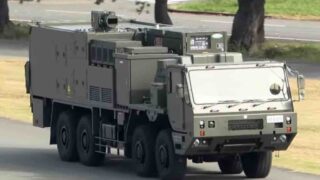
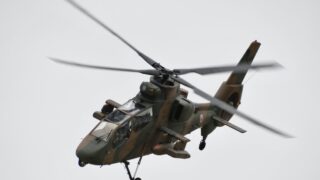
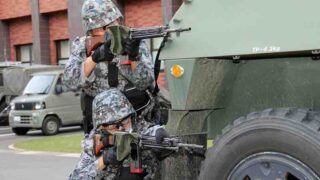
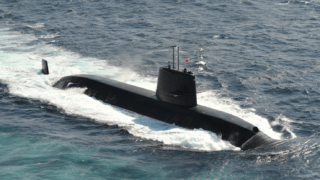
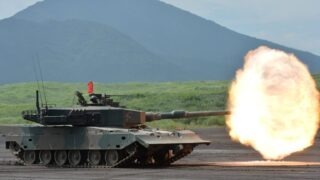
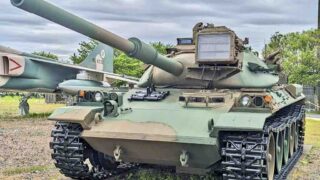
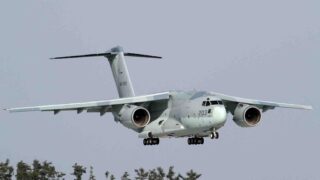
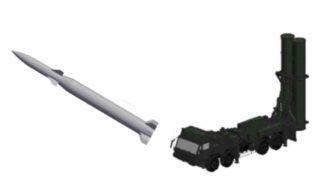
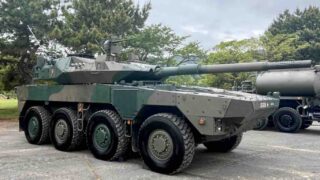
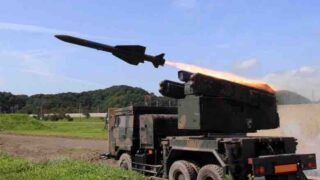
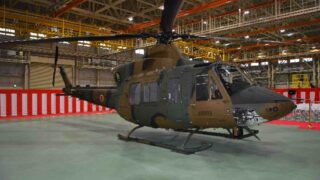
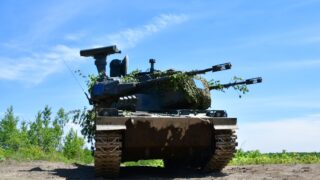
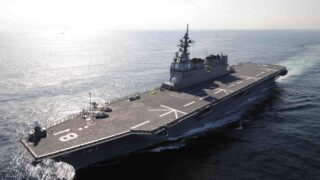
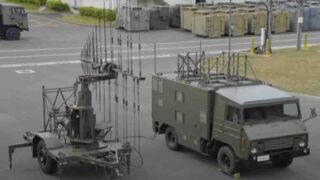
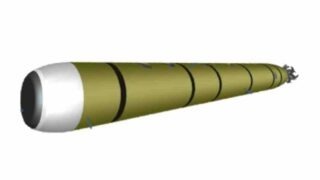

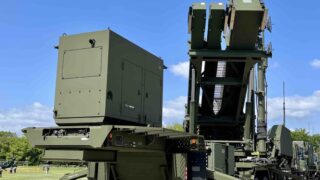
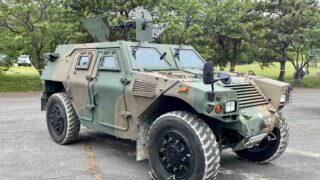

Comments